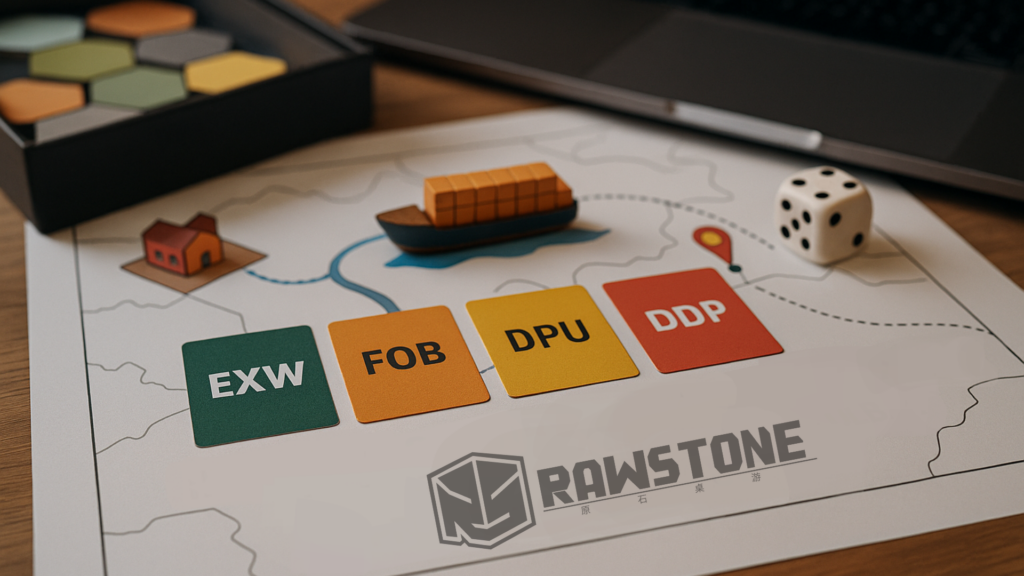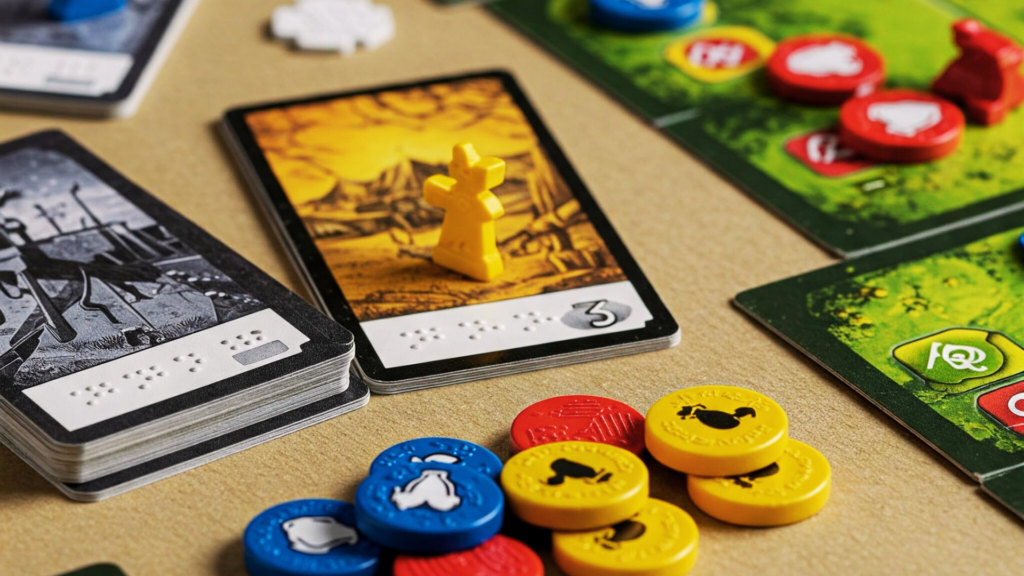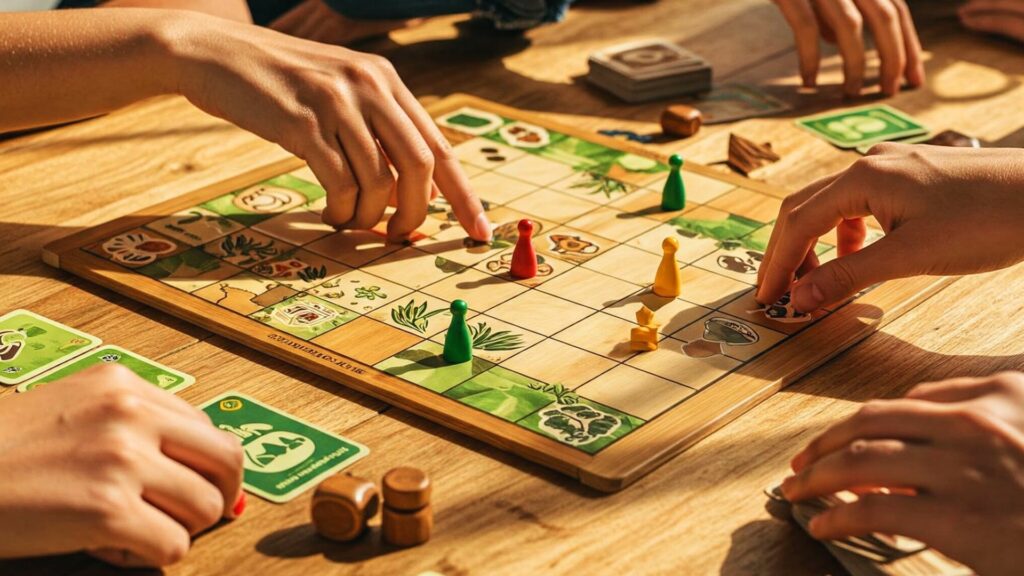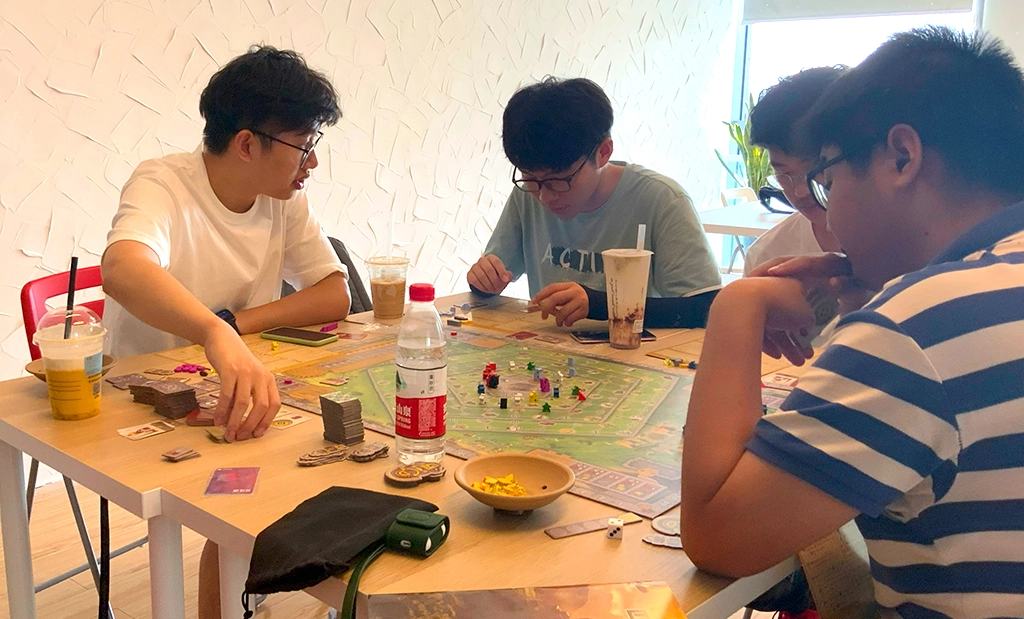

Dive into our insights for publishers & designers!<span data-metadata="">

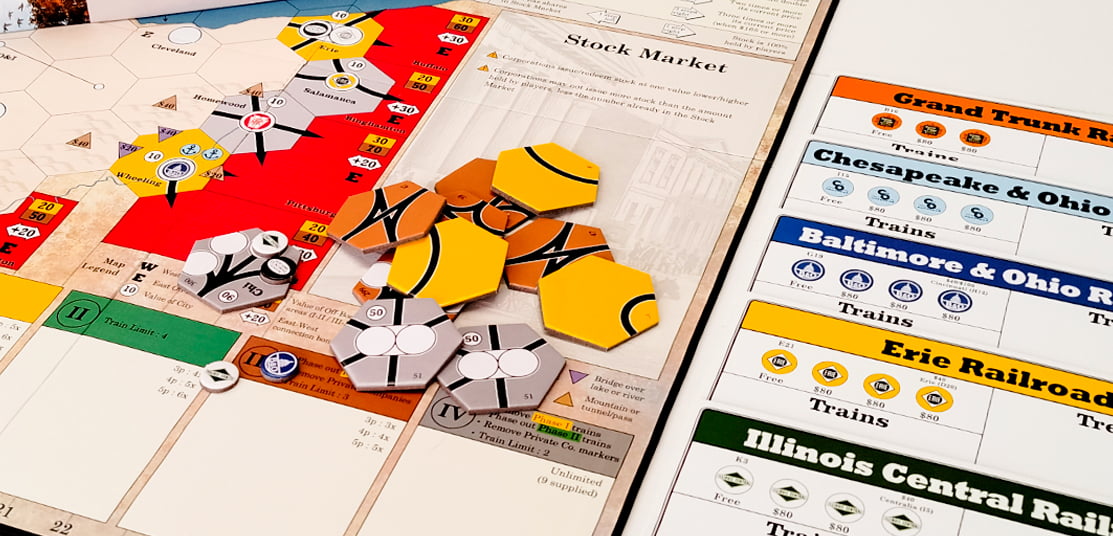
Date: 18/04/2024
Refining the Craft of Tile Placement: Crafting Dynamic Board Game Experiences
Greetings, esteemed game designers, and welcome to a deep dive into the captivating world of tile placement mechanics in board games. In this insightful exploration, we’ll uncover the intricacies of games where players strategically place tiles or pieces to build and expand the game board. From fostering spatial reasoning to promoting strategic decision-making, tile placement mechanics offer endless opportunities for creating dynamic and immersive gameplay experiences. Join us as we delve into the secrets of leveraging tile placement to captivate players and elevate your game designs to new heights.
Understanding Tile Placement Mechanics:
At its core, tile placement in board games empowers players to shape and construct the game board according to their strategic objectives. Whether building sprawling landscapes, intricate cityscapes, or winding pathways, the placement of tiles influences the flow of the game and the opportunities available to players. By incorporating tile placement mechanics, game designers can create interactive and dynamic game worlds that evolve with each player’s choices and actions.
Designing Strategic Depth:
Central to the design of tile placement games is the creation of strategic depth that challenges players to think critically and plan ahead. Game designers must carefully consider the placement rules, tile interactions, and scoring mechanisms to ensure that every placement decision matters. Whether it’s optimizing tile placement for maximum efficiency, blocking opponents’ paths, or strategically positioning pieces to control key areas of the board, the depth of strategy in tile placement games keeps players engaged and coming back for more.
Tips and Tricks for Effective Tile Placement Game Design:
1. Provide Clear Objectives: Establish clear and compelling goals for players to work towards through their tile placements, whether it’s building specific structures, completing patterns, or controlling territory.
2. Foster Player Interaction: Design mechanics that promote player interaction and engagement through tile placement, such as blocking opponents’ placements, stealing tiles, or competing for control of key areas of the board.
3. Balance Accessibility and Depth: Strike a balance between accessibility and depth in your game design, providing simple rules and intuitive mechanics that are easy to learn, yet offering strategic depth and complexity to engage experienced players.
4. Embrace Variability: Incorporate variability into your game design by introducing different types of tiles, variable board layouts, and randomized placement rules, ensuring that each play session offers new challenges and opportunities.
5. Encourage Creativity: Create opportunities for players to express their creativity and individuality through tile placement, allowing them to experiment with different strategies, patterns, and configurations to achieve their objectives.
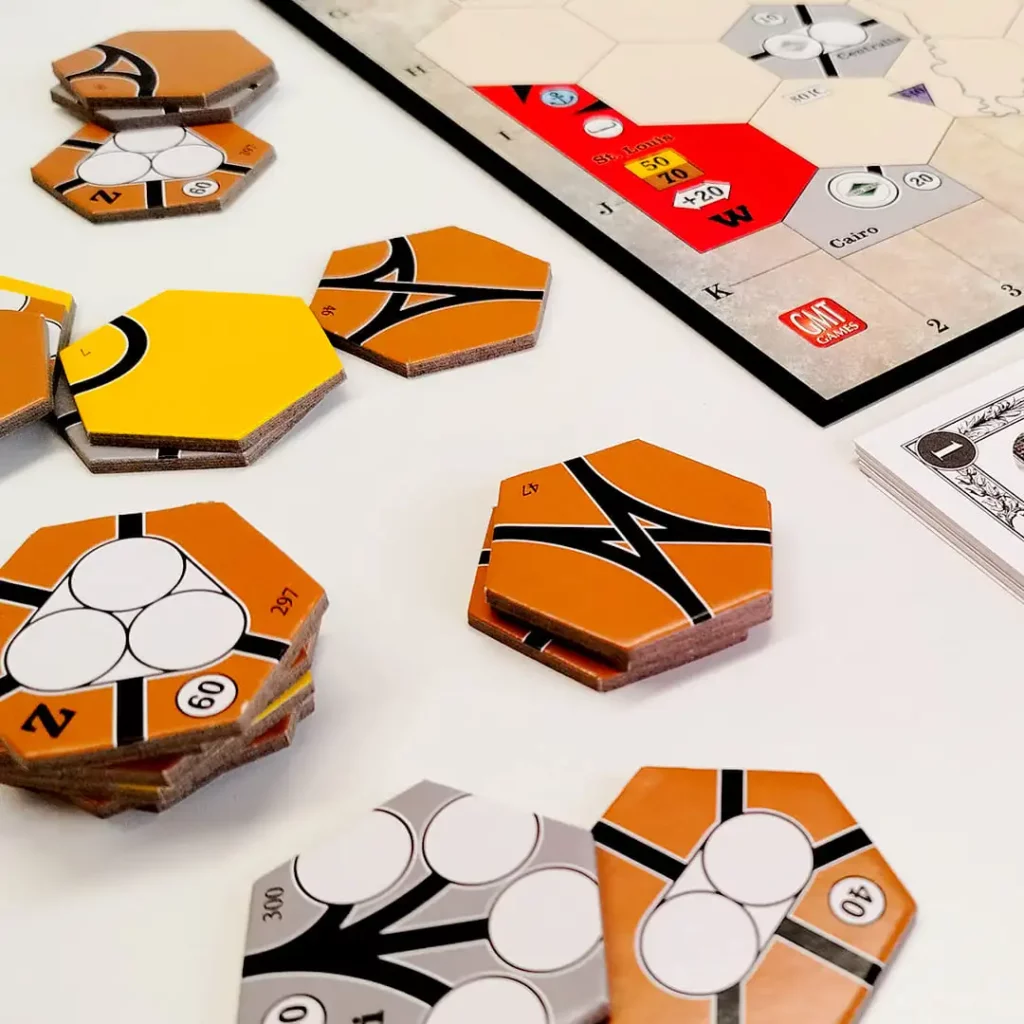
Conclusion:
As you explore the potential of tile placement mechanics in board game design, remember the importance of strategic depth, player interaction, and creativity. By leveraging these principles and implementing effective design strategies, you can create immersive and engaging gameplay experiences that challenge, inspire, and delight players. So unleash your creativity, lay down your tiles, and design games that transport players to worlds of endless possibility and strategic intrigue in the world of board gaming!
you might also be interested...
Incoterms for Board Game Manufacturing: A Guide to Smarter Shipping
Learn how Incoterms for board game manufacturing influence shipping, costs, and delivery responsibilities across international supply chains.
> Read MoreAccessible Board Games Design: Tips for Inclusion
Discover actionable strategies for creating accessible board games. Learn how designers and manufacturers can make tabletop gaming more inclusive for...
> Read MoreEco-Friendly Board Game Manufacturing: Sustainable Materials
Eco-friendly board game manufacturing: discover sustainable materials & methods for your next project. Cost-effective and impactful.
> Read MoreBoard Gaming and Mental Health: Unveiling the Therapeutic Benefits of Gameplay
From critical thinking and problem-solving to spatial reasoning and memory retention, each game presents players with unique challenges that stimulate...
> Read More
